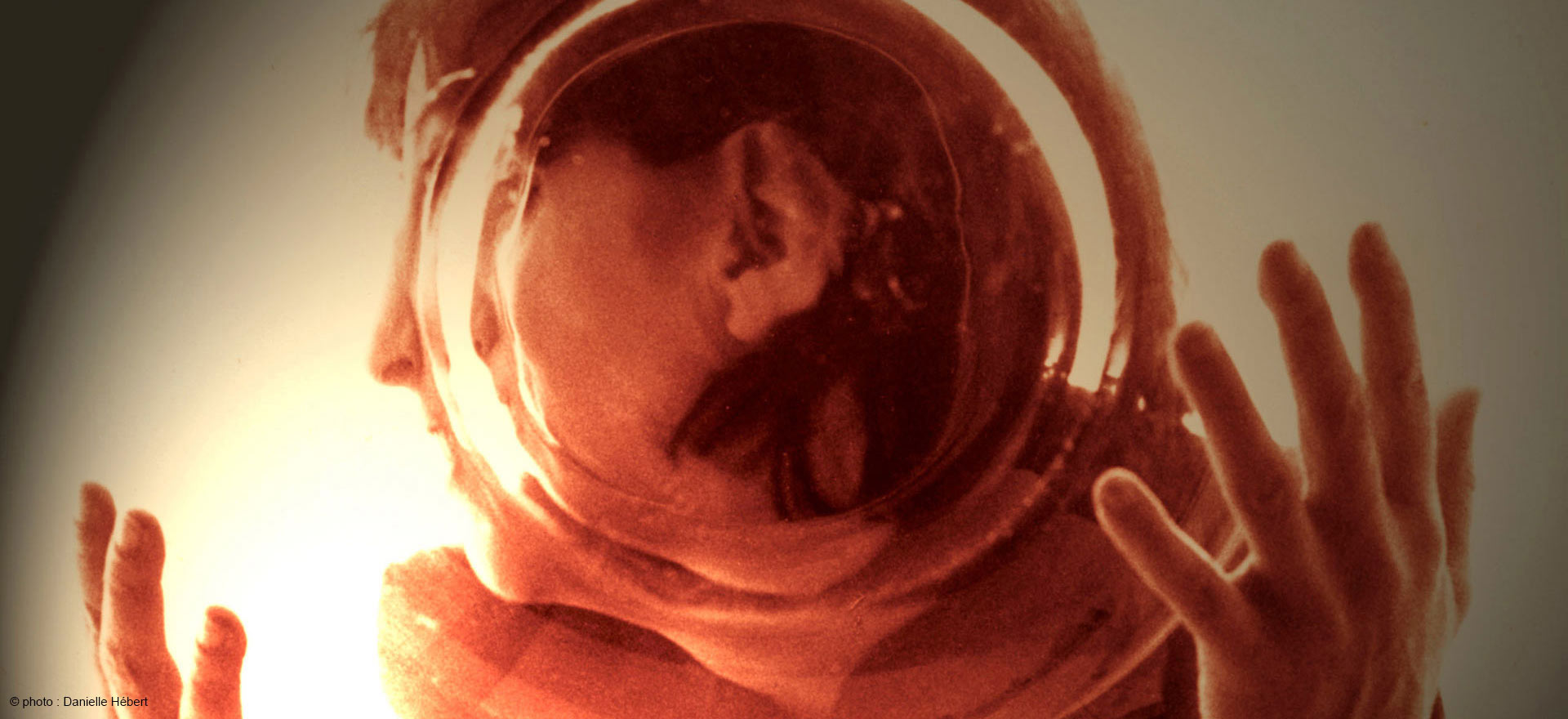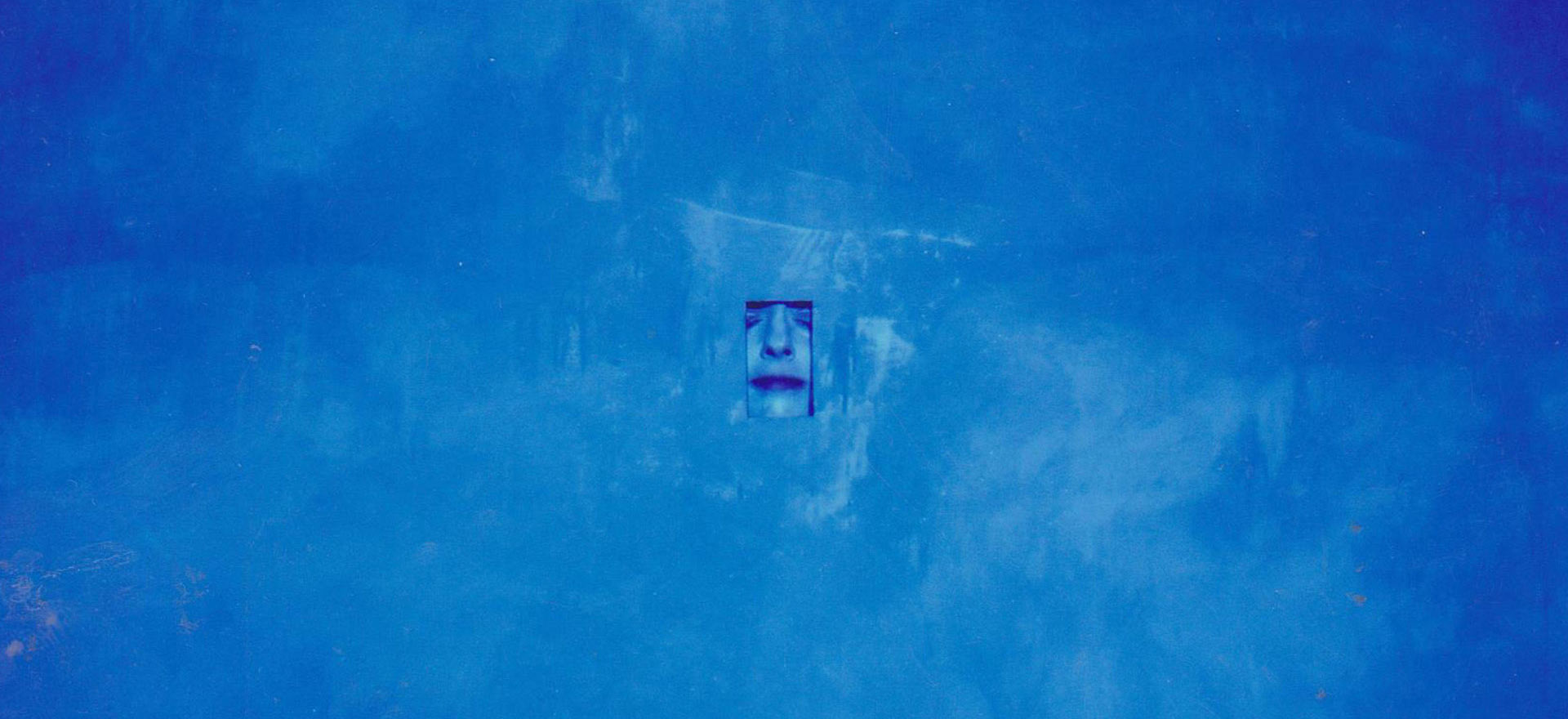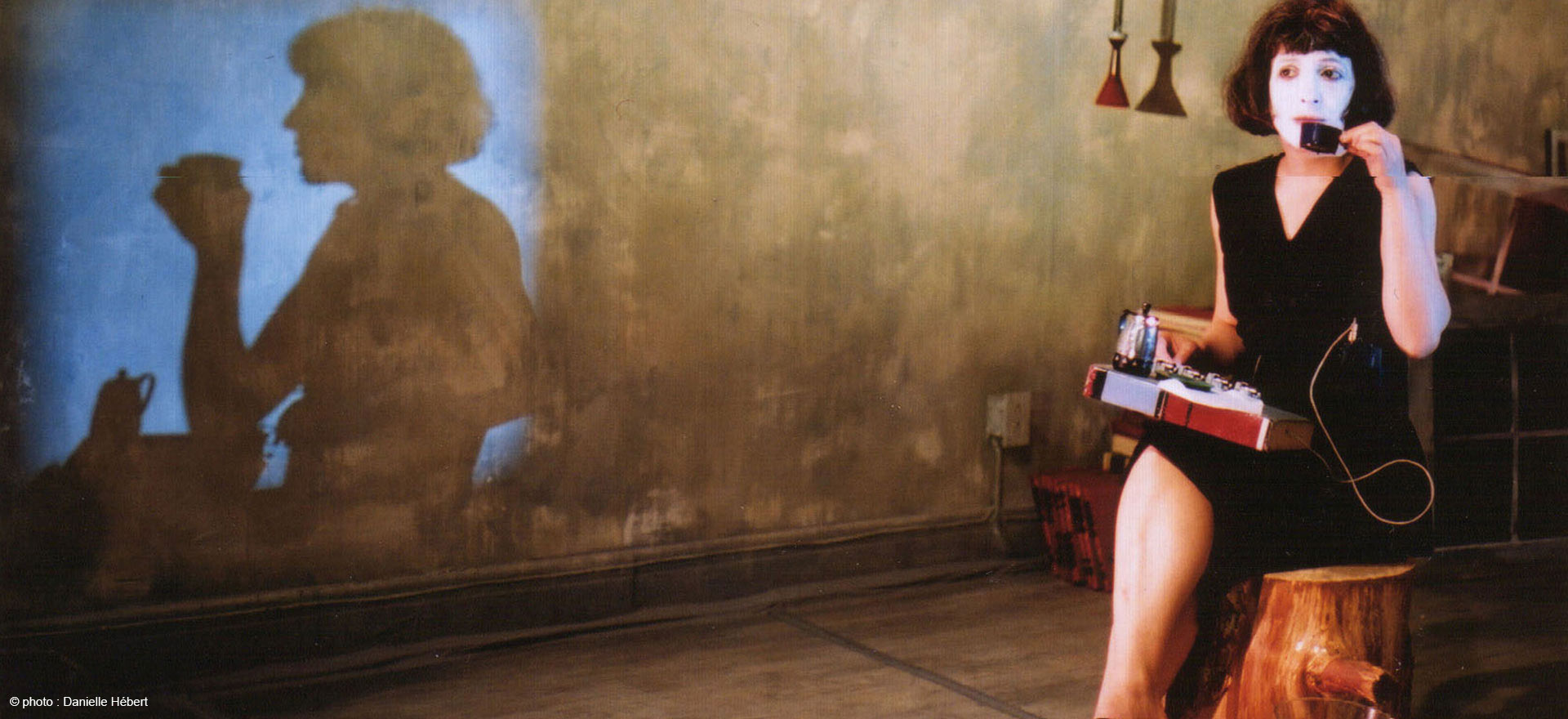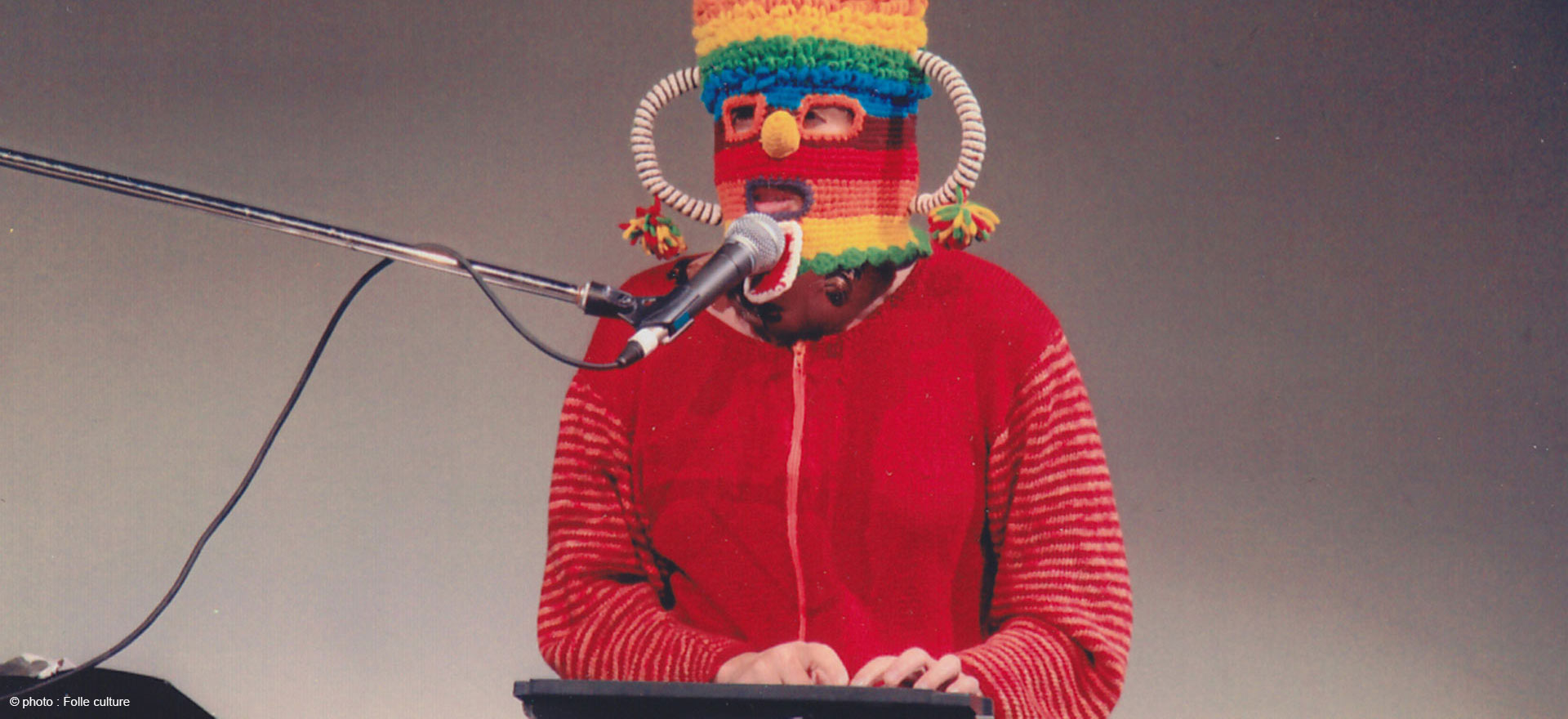Artistic Director (Vision)
A word from our artistic director
It is by privileging intimate encounters, and most often using deliberately artisanal means, that I attempt to paint the world. I glean states of presence in the way I imagine a painter chooses his or her colours. I tend to favour a stripped-down style of performance that encourages direct contact with the audience. The shows are made up of short tableaux, songs, poems and danced movements. At the final scripting stage, I come back to the road of sensations. I juxtapose, add, subtract... In the words of Russian filmmaker Andrei Tarkovsky, "I sculpt time."
I always pay particular attention to the visual and sound envelope of my shows, which I believe to be the container into which the symbolic meaning of each proposal lands. The scenography is often reminiscent of installation practice. The lighting is always warm, and the soundscapes, whether live or prerecorded, create a strange but convivial atmosphere.
I invite the young and old to plunge into a meditative reverie, where the beauties and mysteries of the world reveal themselves, when we pay attention, and completely escape us when we forget to. Imbued with poetry, this practice is, however, not hermetic. Rather, it relies on the logic of humour and the unconscious.
When I look back on my artistic journey, I realize that the world of childhood has always been there. Childhood memories and anecdotes fuelled every script, in my first 20 years of practice, in both performance and the interdisciplinary sector. Not surprisingly, between 1990 and 2001, at the request of specialized presenters, I adapted three shows, originally intended for adults, for children and teenagers.
As I settled into the early childhood sector (10 months to 5 years of age), I think that, as the poet Gaston Miron would say, ... "I arrived at what is beginning". Beyond cultural, religious, ethnic or socio-economic differences, what connects us all as human beings is childhood!
This period of human life is so intense! It is when we learn to move, to become clean, to acquire the keys to language and the tools for conceptualizing ideas, and, above all, to define our identity, in other words, an “I” that distinguishes us from the Other: and we learn all these things by playing and experimenting.
The child psychiatrist Donald W. Winnicott, so often quoted in contemporary art, explains that most of a small child’s experiences reside in the constitution of a transitional area of experience between him/herself and his/her mother. This transitional area, according to him, is “in direct continuity with the playing area of the young child who is ‘lost’ in his/her play” and persists throughout life in the intense mode of experimentation that characterizes the arts, religion, fantasy life and scientific work.
Consequently, children bring us back to the importance of playing! They inform us about the intensity and seriousness of play and demand active listening on our part. Before the age of three, they don’t form a homogeneous audience, being unfamiliar with the conventions of "theatre" or cultural outings. That's why I enjoy saying that performing for babies is like performing in a bar. Very young children are never a captive audience. A performer's inaccuracy or discomfort is instantly recognized and directly infects the audience. Sometimes, a startled or frightened child reacts by going over to an adult or starting to cry. These signals prompt us to refocus, sometimes by slowing down or by lowering our voices, to gently restore balance to the performance and continue to perform, in complicity with the audience.
Initiated over 15 years ago, this avenue of research fascinates me. With our productions, we tackle universal themes and questions: the feeling of being rooted, otherness, fraternity, the origin of the world, the movement of emotions, the secret passage between reality and the imaginary.
In the end, shows produced by Des mots d'la dynamite are made for the whole family. Children come with their educators and/or teachers, as well as their parents and grandparents. Our work finds its place in the community, as the little ones are introduced to a cultural experience and, by extension, to the experience of citizenship.



